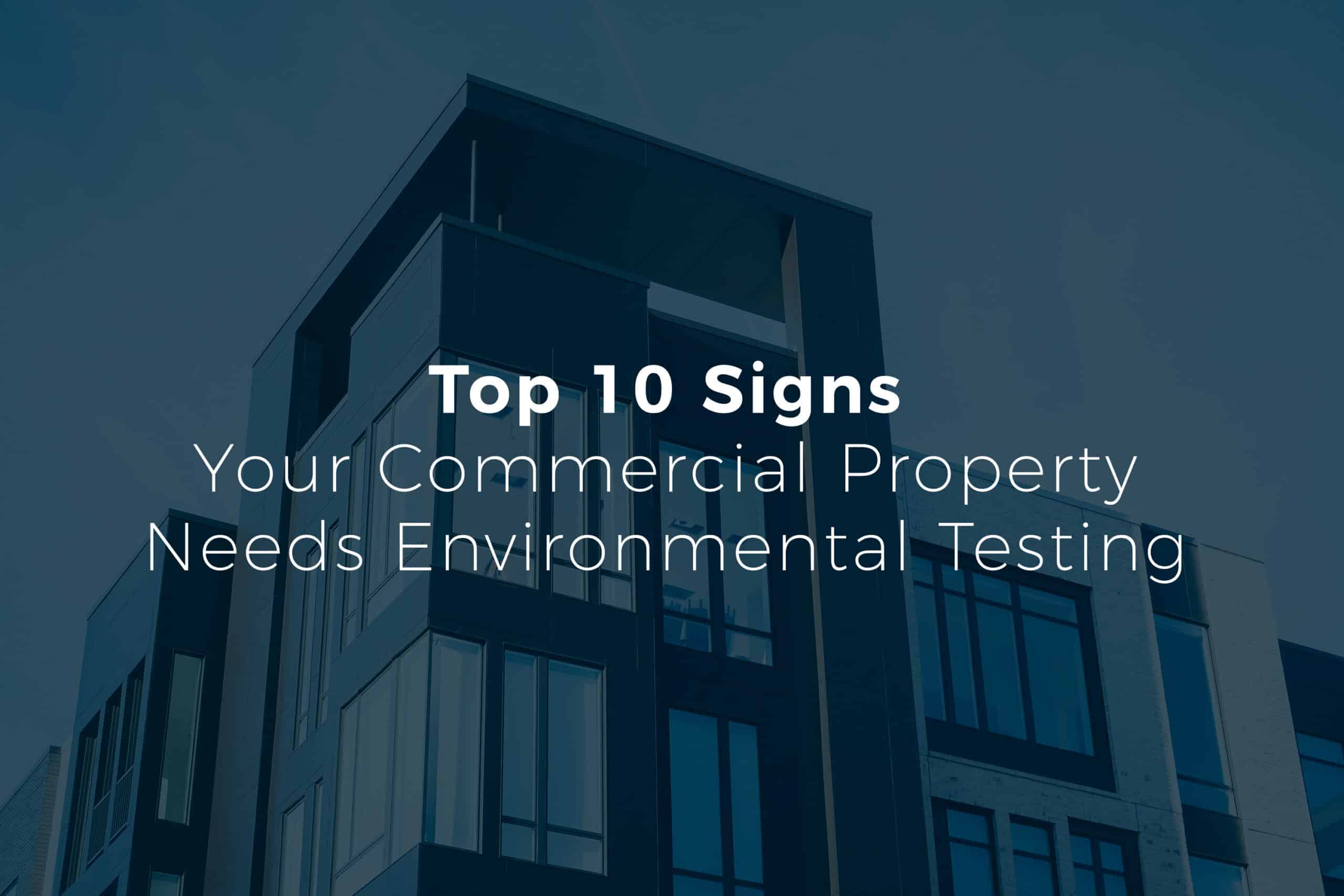
Maintaining a safe and healthy environment in your commercial property is crucial for the well-being of your employees and clients. Not to mention, a critical requirement of the EPA, which set up a regulation called NESHAP, which stands for National Emissions Standards for Hazardous Air Pollutants, which all corporations, institutions and government agencies have to abide by.
But how can you tell when your property needs environmental testing? Here are the top 10 signs that it’s time to call in the experts.
1. Unusual Odors
One of the first indicators that something might be amiss in your commercial property is the presence of unusual odors. Persistent musty smells could signal mold growth, while chemical odors might point to hazardous substances.
2. Visible Mold Growth
Seeing mold on walls, ceilings, or other surfaces is a clear sign that you need environmental testing. Mold can cause a range of health issues, from allergies to respiratory problems, and should be addressed as soon as possible.
3. Water Damage
Water damage—whether it’s from a leak, flood, or humidity—can lead to mold growth and other environmental hazards. If your property has experienced water damage, it’s essential to conduct environmental testing to ensure no hidden dangers are lurking.
4. Health Complaints
If employees or clients are reporting health issues like headaches, nausea, or respiratory problems, it might be time to test your property. These symptoms can be linked to poor indoor air quality, mold, or chemical exposure.
5. Aging Infrastructure
Older buildings are more likely to contain hazardous materials like asbestos and lead. If your property is aging — especially if it was built before the 1980s —and hasn’t been tested in a while, it’s a good idea to have it checked for these and other potential hazards.
6. Recent Renovations
Renovations can disturb materials like asbestos or lead paint, releasing harmful particles into the air. If you’ve recently renovated your property, environmental testing can ensure that it’s safe for occupancy.
7. Unexplained Stains or Discoloration
Unexplained stains on walls, ceilings, or floors can be a sign of mold or water damage. These stains should be investigated with environmental testing to identify and address the underlying issue.
8. Pest Infestations
Pests such as rodents or insects can introduce contaminants and cause damage that leads to environmental hazards. If you’ve had a pest problem, it’s wise to conduct environmental testing to ensure no residual effects.
9. Changes in Air Quality
Noticeable changes in air quality, such as increased dust or poor ventilation, can indicate the presence of contaminants. Environmental testing can identify the cause and help you improve indoor air quality.
10. Regulatory Requirements
Sometimes, environmental testing is required by law or industry regulations. Staying compliant with these requirements not only avoids legal issues but also ensures a safe environment for everyone.

Recent Comments